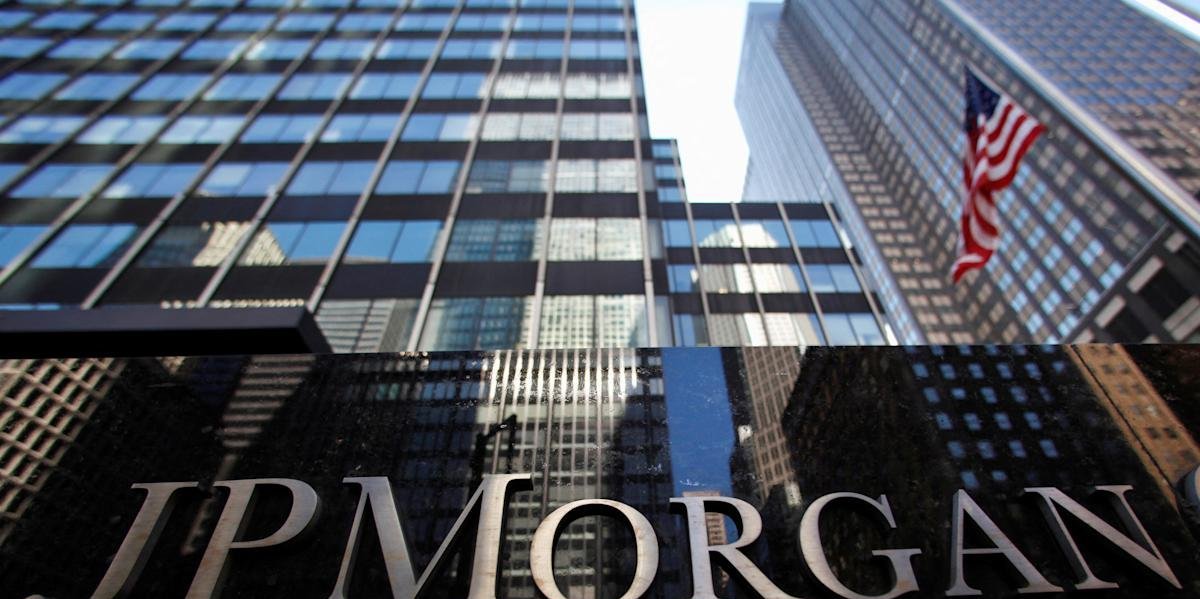Germany’s appeal lies in its sizable pool of affluent households, a stable regulatory framework, and a vibrant financial-technology ecosystem. According to figures compiled by the European Central Bank, the country hosts more than 1,500 credit institutions—evidence of both opportunity and intense competition.
Crowded market challenges newcomers
Analysts routinely label the German banking landscape as fragmented. A dense network of regional savings banks, cooperative lenders, and private competitors creates thin profit margins and heightens customer expectations for low-cost digital services. Deutsche Bank, the nation’s largest lender, is in the midst of restructuring its retail arm by closing branches and cutting staff in an effort to improve returns.
Foreign groups have tested the waters as well. Spain’s Banco Bilbao Vizcaya Argentaria launched a standalone digital bank, while Dutch-based ING and Berlin-founded N26 have built sizable online customer bases. Against this backdrop, JPMorgan executives acknowledge the scale of the task ahead. “This is going to be a battle,” Chief Executive Jamie Dimon told investors in 2022 when outlining the bank’s international retail ambitions.
Berlin headquarters and phased product roll-out
The German unit will be headquartered in Berlin, a city regarded as the country’s technology capital and a magnet for fintech talent. Chase will begin by offering savings accounts, mirroring its initial strategy in the United Kingdom. Additional products—such as current accounts, payment services, and possibly investment options—are expected to follow once the platform matures and regulatory approvals are secured.
By opting for a digital-only model, JPMorgan aims to avoid the high overhead costs associated with physical branches. Executives argue that the absence of legacy infrastructure allows the bank to enter new geographic markets more quickly and with lower fixed expenses than traditional brick-and-mortar rivals.
Long-term goals and industry context
For JPMorgan, success in Germany would validate its broader plan to build a trans-Atlantic consumer banking network. Management has not disclosed customer-acquisition targets or profitability timelines, but the bank indicated that lessons learned in the United Kingdom will inform the German strategy. In Britain, Chase attracted more than one million customers within its first year by offering competitive savings rates and fee-free services.
Whether that momentum can be replicated in Germany will depend on factors such as customer loyalty to regional savings banks, regulatory expectations, and the ability to differentiate on user experience. Market observers note that digital entrants must balance attractive interest rates with the cost of securing deposits in an environment of heightened competition for retail funds.
JPMorgan’s announcement underscores a growing trend: large international banks leveraging technology to compete with local incumbents in Europe’s consumer-banking sector. As the launch date approaches, the bank is expected to detail its pricing, product features, and marketing strategy aimed at German savers.
For more developments on retail banking and broader financial markets, visit our Finance News Update section.
Image credit: Reuters



